Product Consultation
Your email address will not be published. Required fields are marked *
In the relentless drive of heavy machinery, the precision of manufacturing lines, and the brute force of construction equipment, one component stands as the unsung workhorse: the Industrial Hydraulic Cylinder. These robust actuators are the literal muscle behind countless applications, converting hydraulic fluid pressure into powerful, controlled linear motion. Understanding their design, function, and selection criteria is crucial for engineers, maintenance teams, and procurement specialists across industries.
Content
At its core, an industrial hydraulic cylinder is a linear actuator that generates force in a straight line. It consists of a cylindrical barrel, a piston connected to a piston rod, and end caps. Pressurized hydraulic fluid enters the cylinder, acting on the piston surface area, forcing the rod to extend or retract. This simple principle powers some of the most demanding tasks in industry.
Exceptional Force Density: Hydraulics generate immense force from relatively compact components. A cylinder can produce hundreds or even thousands of tons of force, far exceeding comparable pneumatic or electric actuators.
Precision Control: With proper valving and controls, hydraulic cylinders offer precise speed, position, and force control – essential for tasks like pressing, forming, or lifting delicate loads.
Ruggedness & Durability: Designed for harsh environments (dust, moisture, temperature extremes, impact), industrial cylinders are built with heavy-duty materials (hardened steel, chrome-plated rods, robust seals).
High Load Capacity: Capable of handling massive static and dynamic loads reliably.
Flexibility: Available in an enormous range of sizes, strokes, mounting styles, and pressure ratings to fit virtually any application.
Proven Technology: A mature, well-understood technology with readily available components and expertise.
Cylinder Barrel: The main pressure-containing tube, precision-bored and honed for a smooth surface finish. Typically made from cold-drawn seamless tubing or machined forgings.
Piston: Seals the pressurized fluid on either side. Transfers force to the piston rod. Features wear rings and high-pressure seals.
Piston Rod: The hardened, ground, and polished (often chrome-plated) rod that extends/retracts to deliver force. Rod diameter is critical for resisting buckling under load.
Rod Gland (Head Cap): Houses critical rod seals and wipers to prevent external leakage and exclude contaminants. Often includes a rod bearing.
Cap (Base Cap): Seals the opposite end of the barrel. Contains the hydraulic port for one side of the piston.
Seals: The lifeblood of reliability. Includes:
Piston Seals: Prevent internal leakage past the piston.
Rod Seals: Prevent fluid leakage along the rod.
Wipers/Scrapers: Remove dirt and moisture from the rod as it retracts.
Wear Rings/Bearings: Guide the piston and rod, preventing metal-to-metal contact.
Ports: Entry/exit points for hydraulic fluid (typically SAE or ISO threaded ports).
Mounting Styles: Critical for force transmission and alignment (e.g., Clevis, Trunnion, Flange, Foot, Lug, Pivot Mounts).
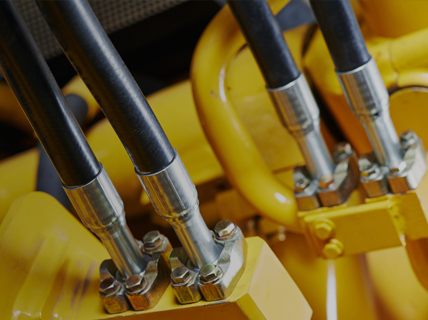
| Type | Description | Key Applications |
|---|---|---|
| Tie-Rod Cylinder | Barrel held by external threaded tie rods. Economical, easy to service. | Machine tools, presses, packaging equipment. |
| Welded Cylinder | Barrel ends welded/bolted directly. Compact, robust, high pressure rating. | Mobile equipment (construction, agriculture), heavy presses. |
| Mill-Type Cylinder | Heavy-duty welded design with standardized dimensions (NFPA/ISO). | Steel mills, foundries, heavy industrial machinery. |
| Telescopic Cylinder | Multiple nested stages provide long stroke from compact retracted length. | Dump trucks, cranes, material handling lifts. |
| Pancake Cylinder | Very short stroke, compact design for tight spaces. | Clamping, ejecting, compact machinery. |
| Double-Acting | Hydraulic pressure extends AND retracts the rod (most common industrial type). | Virtually all high-force industrial applications. |
| Single-Acting | Pressure extends rod; spring or gravity returns it. | Clamping, simple lifts/returns. |
Bore Diameter: Determines the force output (Force = Pressure x Piston Area).
Rod Diameter: Critical for resisting bending/buckling under compressive loads.
Stroke Length: Distance the rod travels.
Operating Pressure: Maximum continuous pressure (PSI or Bar). Industrial cylinders often range from 1500 PSI to 5000+ PSI.
Mounting Style: Dictates how forces are transferred to the machine structure.
Rod End Configuration: Threaded, clevis, spherical bearing, etc., for connecting to the load.
Seal Materials: Must match fluid type (mineral oil, water glycol, phosphate ester, bio-oil), temperature range, and speed requirements (e.g., Polyurethane, Nitrile (Buna-N), Viton™, PTFE).
Cushioning: Internal deceleration at stroke ends to prevent shock damage.
Rod Surface Treatment: Hard chrome plating is standard for corrosion and wear resistance. Stainless steel rods for corrosive environments.
Manufacturing: Machine tools (CNC presses, stamping), injection molding machines, material handling robots, assembly lines, die casting.
Construction & Mining: Excavators, bulldozers, loaders, cranes, drilling rigs, rock crushers, compactors.
Material Handling: Forklifts, dock levelers, scissor lifts, palletizers, conveyor systems.
Agriculture: Tractors, combines, harvesters, plows, balers, irrigation systems.
Oil & Gas: Wellhead controls, pipeline valves, offshore platform equipment.
Steel & Metal Production: Rolling mills, furnaces, slitters, coil handling.
Power Generation: Turbine controls, dam gates, boiler feed systems.
Waste Management: Compactors, shredders, balers.
Contamination Control: The #1 cause of cylinder failure. Maintain clean hydraulic fluid with proper filtration. Keep rod surfaces clean; damaged wipers allow grit ingress.
Proper Alignment: Misaligned mounts cause side-loading, leading to premature rod bearing, seal, and rod damage.
Avoid Over-Pressure: Use pressure relief valves to prevent exceeding the cylinder’s rated pressure.
Rod Protection: Prevent nicks, scratches, or corrosion on the chrome rod surface. Replace damaged wipers/scrapers immediately.
Regular Inspection: Check for leaks (external or internal), bent rods, damaged mounts, and unusual noises during operation.
Use Correct Fluid: Ensure compatibility with seal materials.
Proper Storage: Retract rods fully and protect ports/rods if storing spares.
Integrated Sensors: Cylinders with built-in position, pressure, and temperature sensors for real-time monitoring and predictive maintenance.
Advanced Seal Technologies: Longer-lasting materials for higher pressures, temperatures, and cleaner systems.
Lightweighting: Use of high-strength composites and alloys without sacrificing durability.
Improved Efficiency: Designs minimizing internal friction and leakage.
Coatings: Enhanced rod and bore coatings for extreme wear/corrosion resistance.
Industrial hydraulic cylinders are mission-critical components. Selecting the right one involves:
Precise Application Requirements: Force, stroke, speed, environment, duty cycle.
Quality & Reliability: Look for manufacturers adhering to standards (NFPA, ISO) with robust QA processes.
Engineering Support: Suppliers who can help with sizing, mounting, and seal selection.
Service & Availability: Access to seals, repair kits, and technical expertise for maintenance and rebuilds.
Industrial hydraulic cylinders are fundamental drivers of productivity and power across the global industrial landscape. Their ability to deliver massive, controlled force reliably in the toughest conditions makes them indispensable. By understanding their design, operation, critical specifications, and maintenance needs, engineers and maintenance professionals ensure these vital components deliver peak performance, maximizing uptime and efficiency. In the relentless push of industry, the hydraulic cylinder remains a steadfast pillar of linear power.
Your email address will not be published. Required fields are marked *
Marvelous Design Meets Rigorous Manufacturing
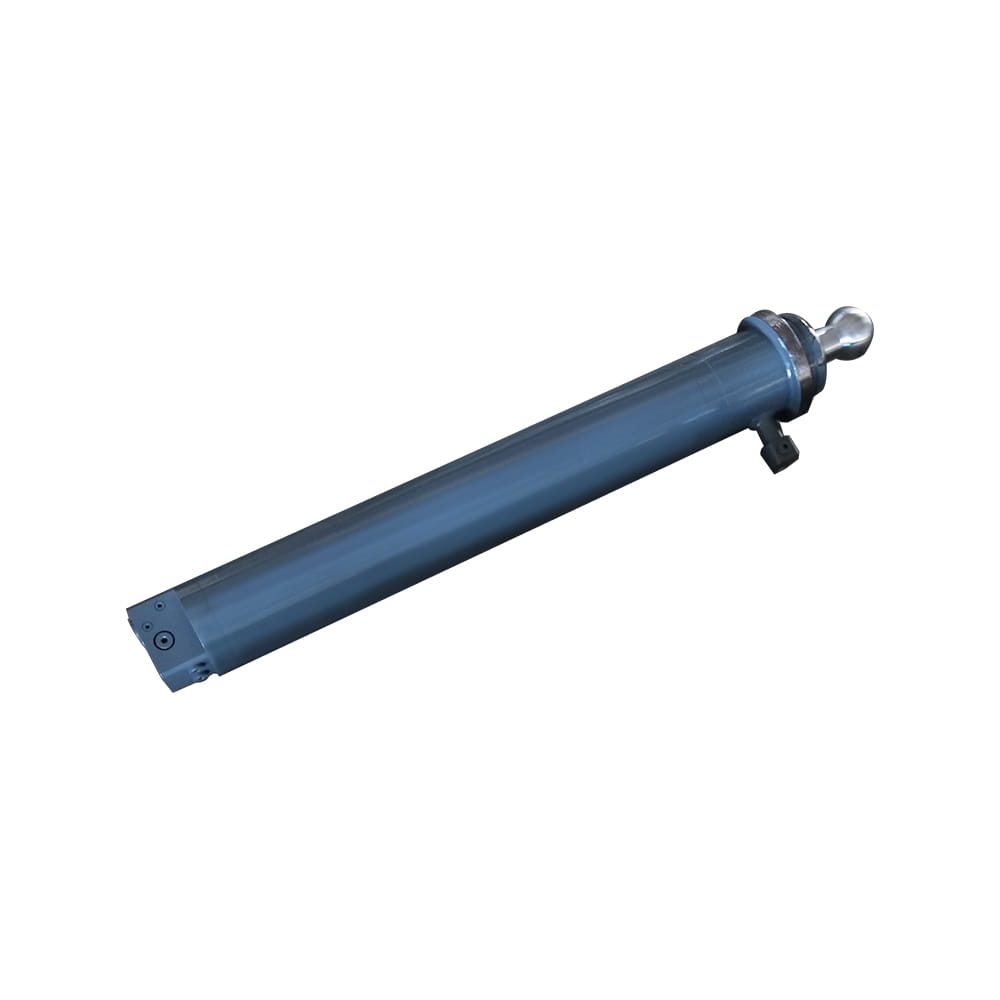 Scissor Lift Aerial Platform Hydraulic Outrigger Cylinder
Scissor Lift Aerial Platform Hydraulic Outrigger Cylinder
Function: Firmly Supports the Vehicle: Ensures stability during operation. The ball-head foot automatically levels on slopes, while the integrated balance valve...
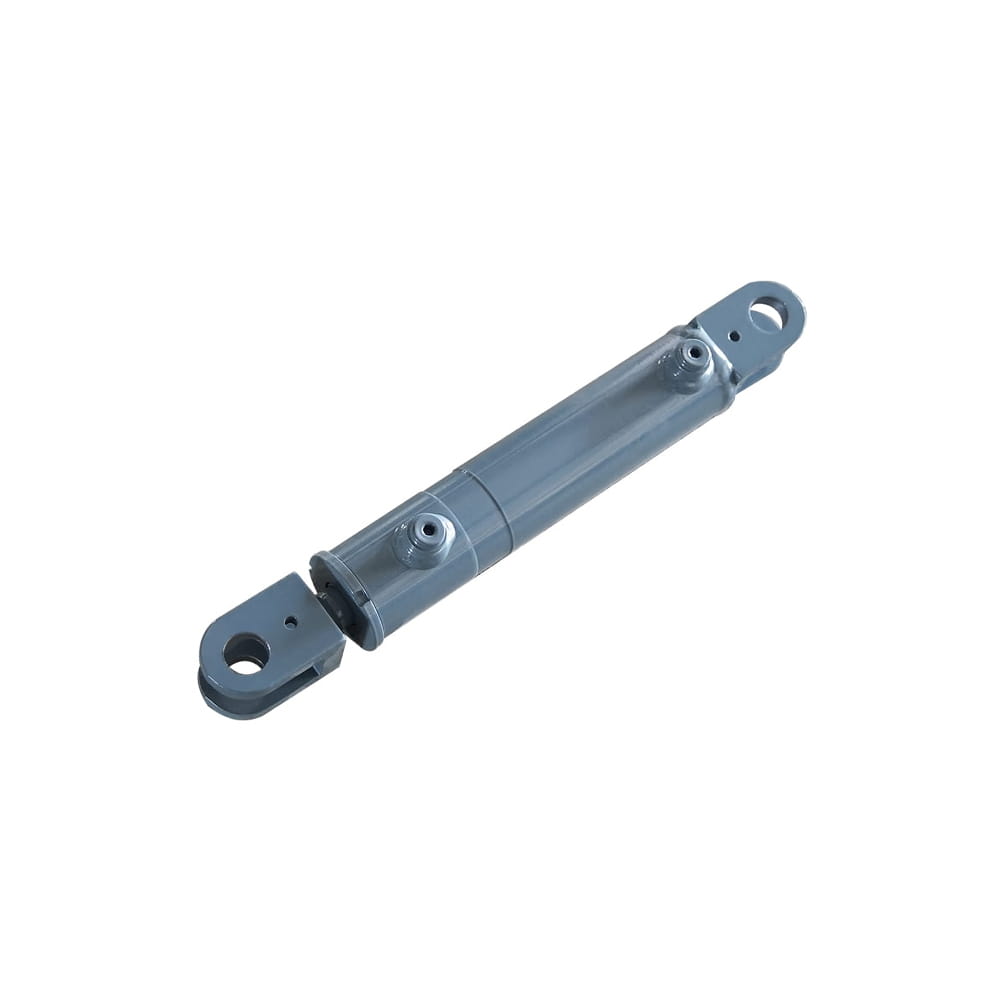 Scissor Lift Aerial Platform Hydraulic Steering Cylinder
Scissor Lift Aerial Platform Hydraulic Steering Cylinder
Function: Connecting Chassis and Wheel Hub: Through hydraulic pressure, drives the piston rod to move, enabling precise wheel hub rotation. This ensures platfor...
 Boom Lift Aerial Platform Hydraulic Luffing Cylinder
Boom Lift Aerial Platform Hydraulic Luffing Cylinder
Function: Adjust the angle of the telescopic arm to flexibly position the work platform at various heights and positions, meeting diverse aerial work requiremen...
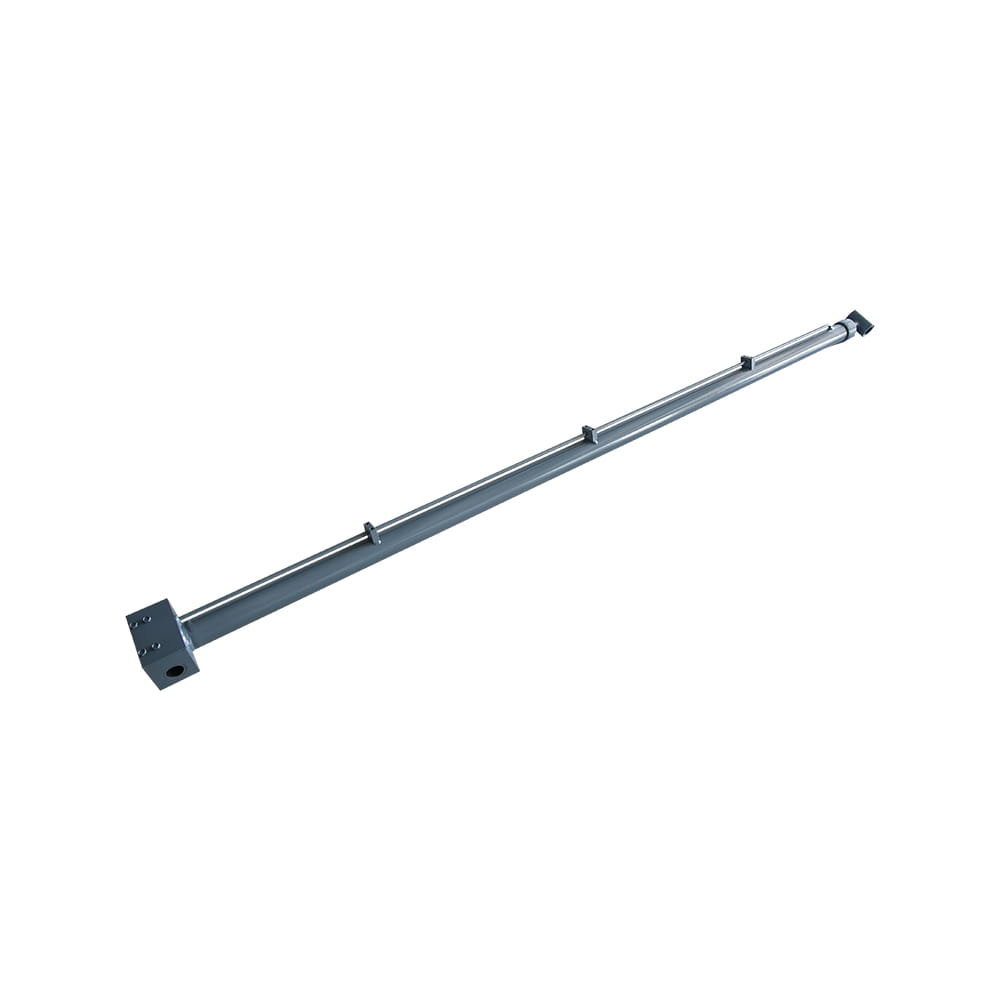 Boom Lift Aerial Platform Hydraulic Telescopic Cylinder
Boom Lift Aerial Platform Hydraulic Telescopic Cylinder
Function: Adjust the length of the arm to allow the aerial work platform to lift and move flexibly, ensuring range and height requirements.
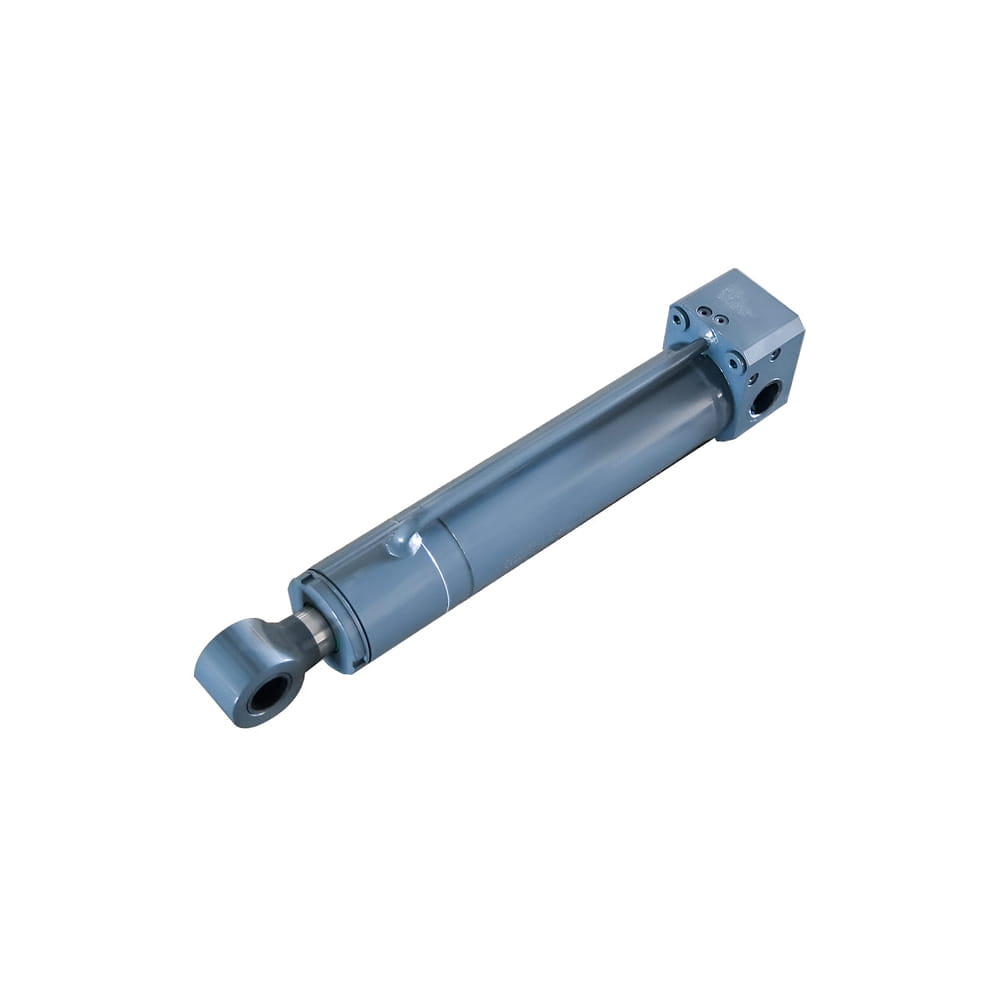 Boom Lift Aerial Platform Hydraulic Frame Leveling Cylinder
Boom Lift Aerial Platform Hydraulic Frame Leveling Cylinder
Function: Automatically adjust the chassis at the bottom of the platform to a level state, ensuring stable and wobble-free support in different terrains and wor...
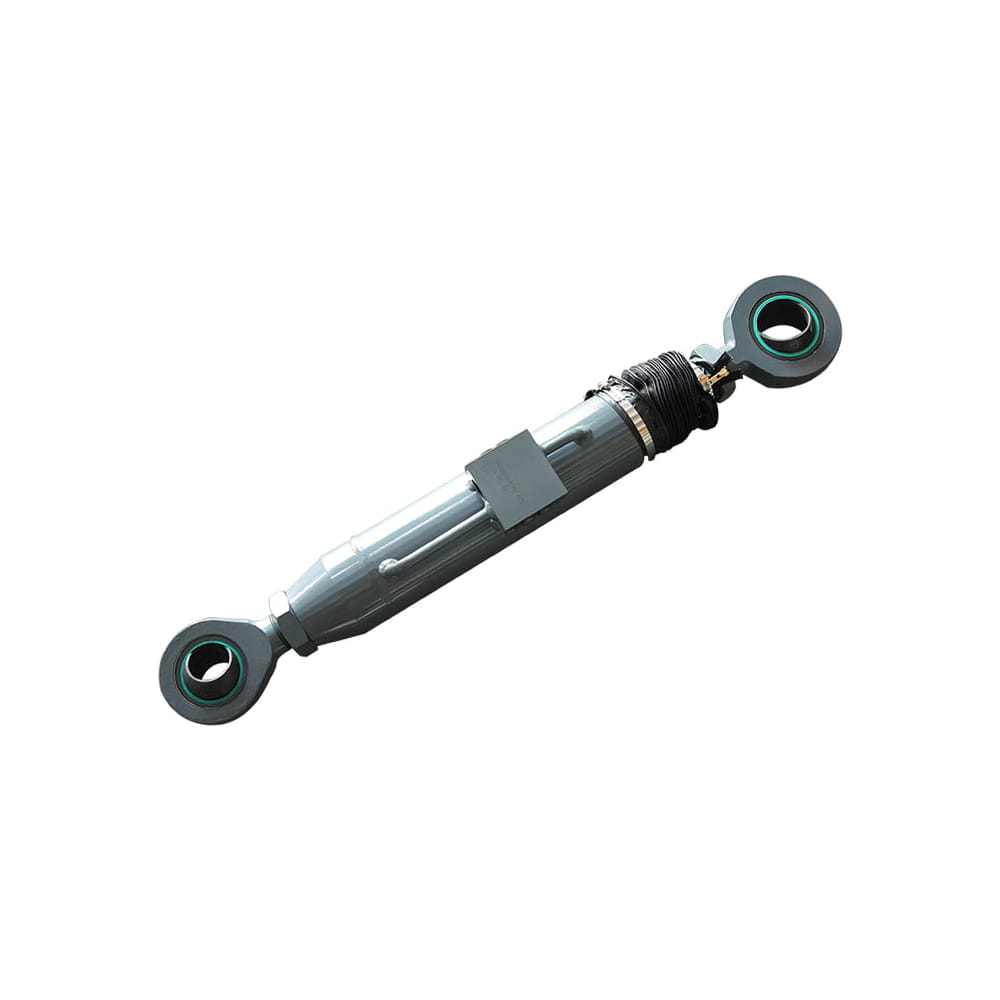 Boom Lift Aerial Platform Hydraulic Bridge Extension Cylinder
Boom Lift Aerial Platform Hydraulic Bridge Extension Cylinder
Function: An important design that enhances adaptability and working range. This function allows the platform to widen its chassis under specific conditions to ...
Copyright © by Zhejiang Huanfeng Machinery Co., Ltd. Rights Reserved.
